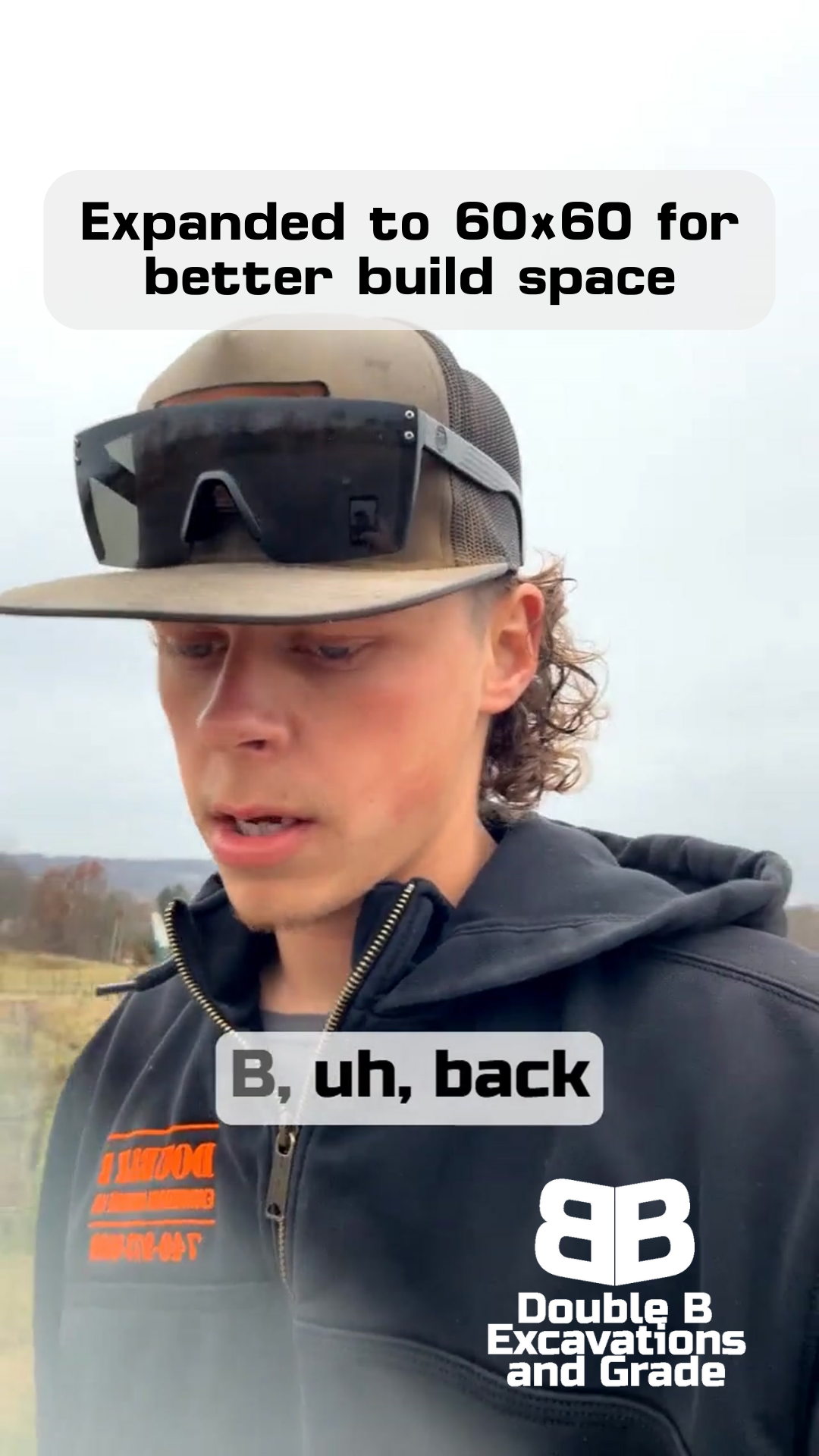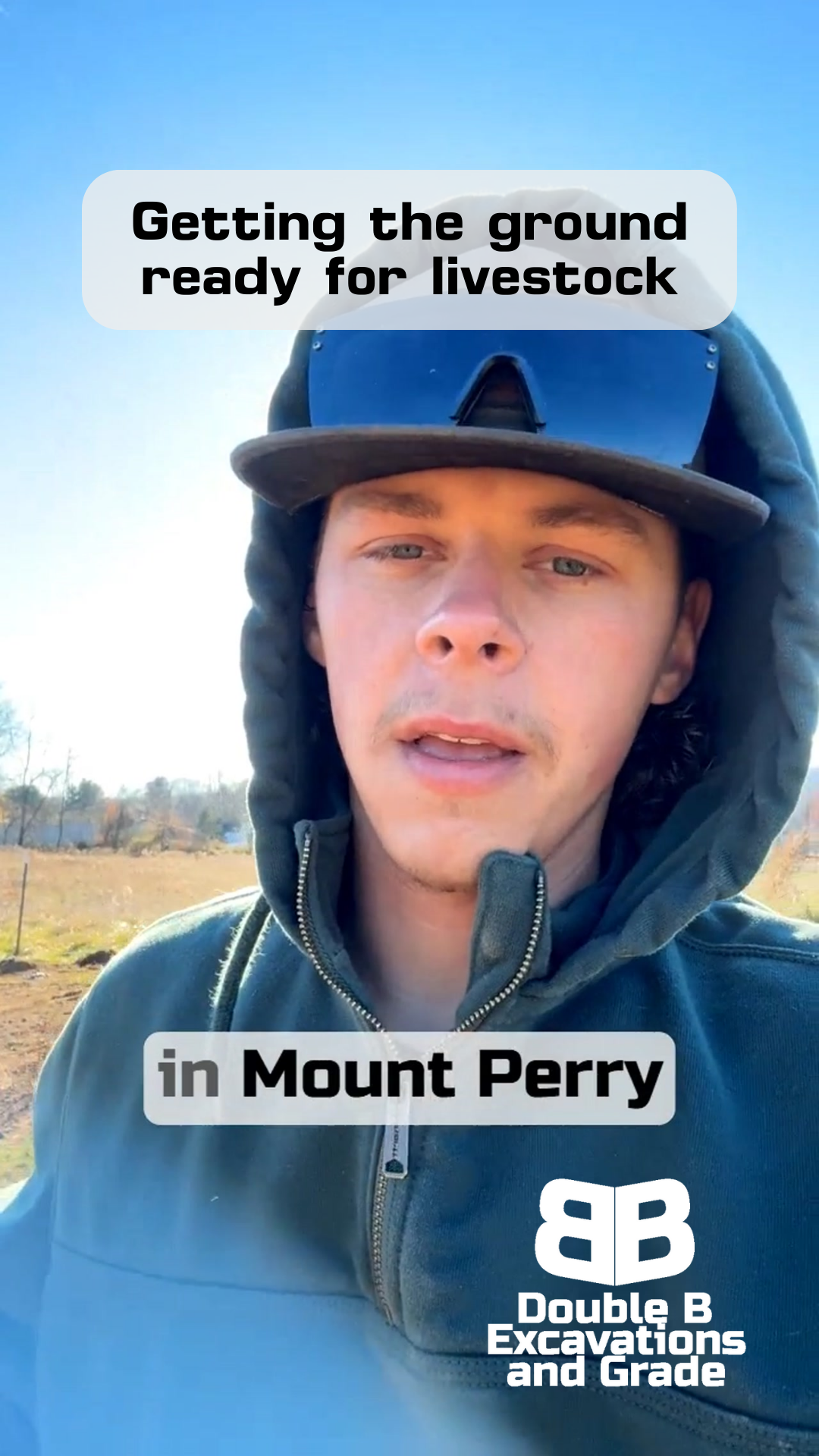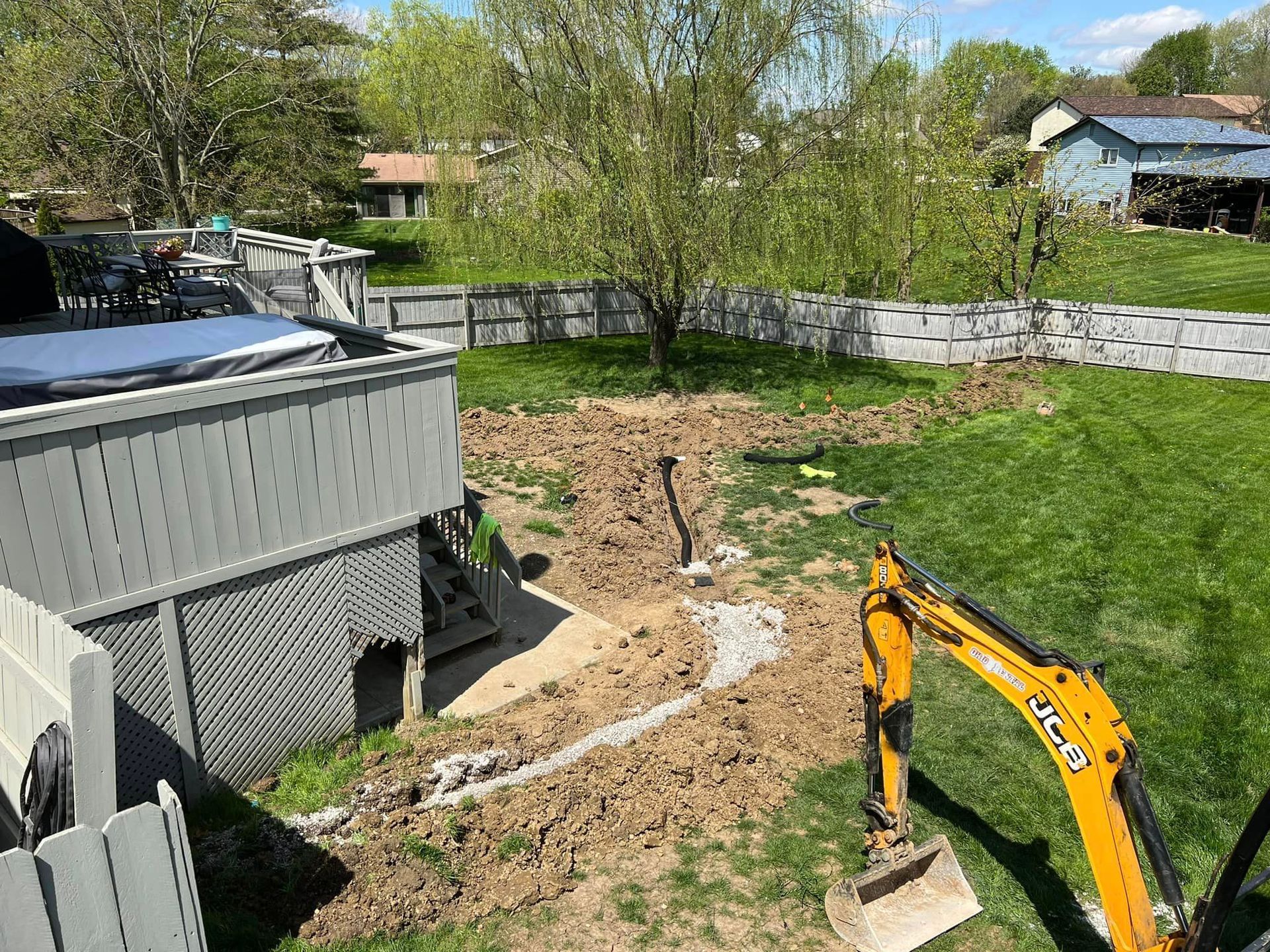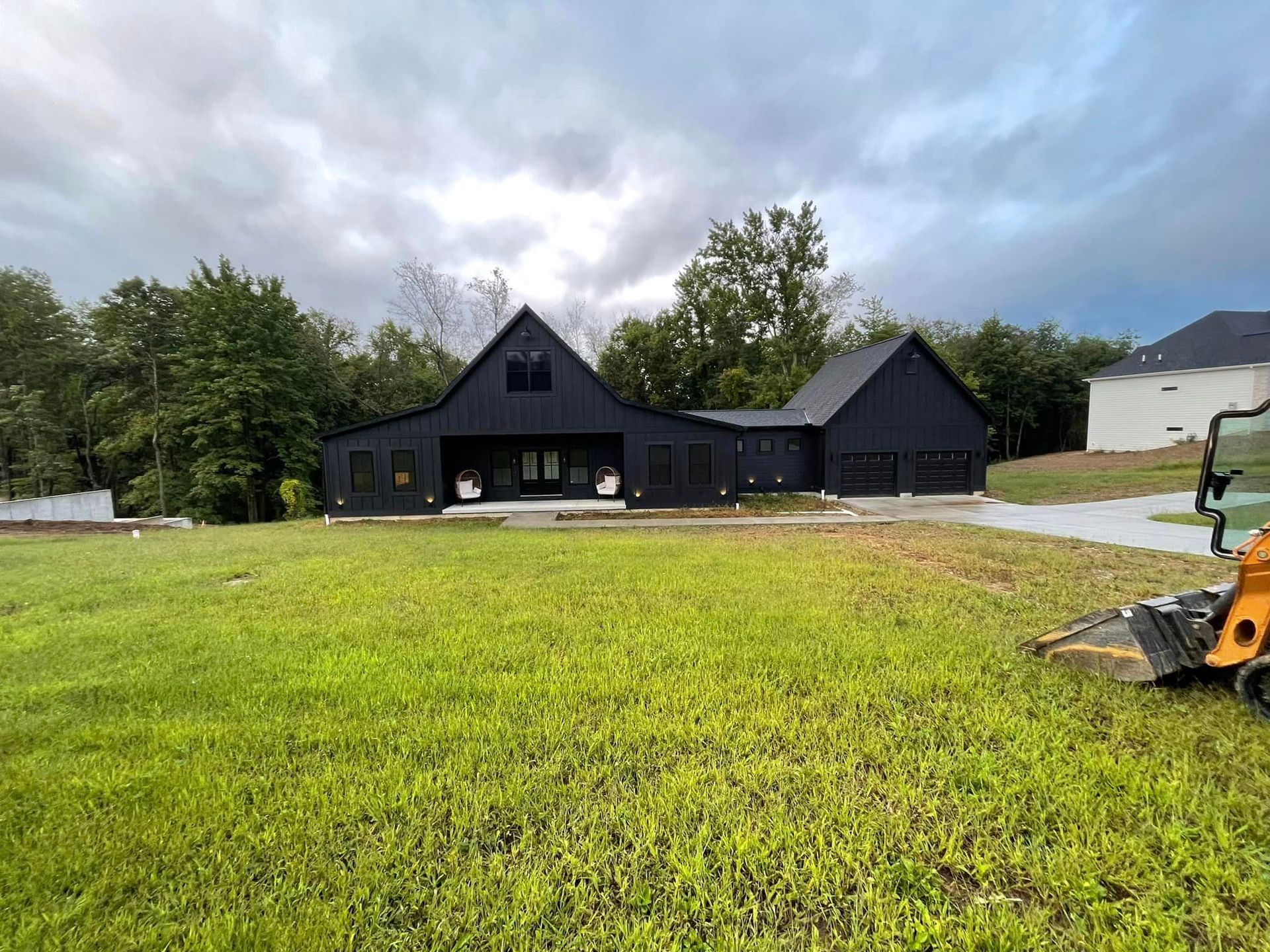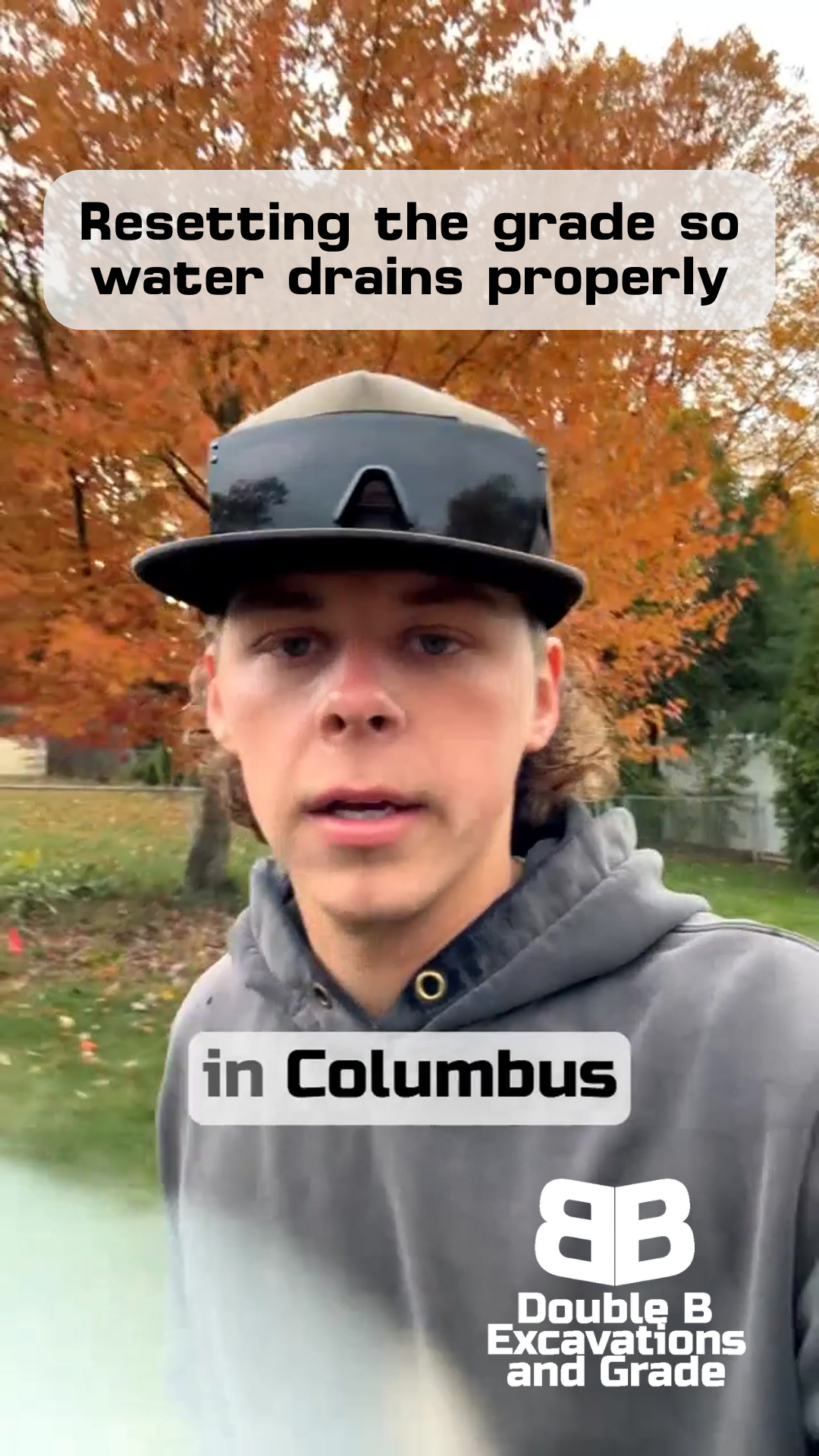From Buried Debris to Beautiful Lawn: A Worthington Yard Restoration
Double B Excavations & Grade LLC
You Can’t Grow Over Garbage
HIDDEN MATERIALS AFFECT YOUR SOIL, DRAINAGE, AND GRASS GROWTH
You never really know what's hiding under your yard until you start digging.
That's exactly what we discovered on our latest project in Worthington.
What looked like a straightforward yard restoration turned into an interesting exploration of years of buried history.
Most homeowners don't think much about what's underneath their grass. But here's the thing: all that hidden debris - old rocks, broken concrete, unused soil - it's not just taking up space.
It's actually preventing your yard from reaching its full potential.
Every piece of buried brick or forgotten pile of rocks affects how water moves through your soil and how well your grass can grow.
Welcome to Double B!
Discovering What Lies Beneath
When we first started this Worthington project, we knew we'd find some buried materials. That's pretty normal for established properties. But as we began our work, we uncovered layer after layer of accumulated history - rocks, bricks, and years worth of unused soil all packed together.
This kind of situation is more common than you might think. Over the years, various projects and landscaping changes leave behind materials that get buried instead of removed. Sometimes it's old construction debris, sometimes it's landscaping rock that got covered up by soil. In this case, we found a bit of everything.
The real challenge isn't just finding this stuff - it's knowing how to remove it properly without damaging what needs to stay. For example, on this project, we had to work carefully around existing concrete. One wrong move with heavy equipment, and you're creating a bigger problem than you're solving. That's why experience matters - knowing what to look for and how to handle it safely makes all the difference.
The Clean-Up Process
Let me tell you about how we tackle a job like this. In Worthington, we're dealing with some tight spaces, which means we have to get creative with our equipment. There's an old saying we live by: "Run what you brung." That means making the most of the equipment you have, even when conditions aren't perfect.
We brought in our Harley rake for this one - it's a specialized piece of equipment that's perfect for cleaning up and preparing soil. But before we could even think about using it, we had to deal with all that buried material. Working in tight spaces means every move has to be planned. You can't just swing equipment around randomly when you're working close to existing concrete or other structures that need to stay put.
Getting the debris out is only half the battle. You've got to have somewhere to put it too. That's where our dump trailer comes in. Even something as simple as a flat tire on the trailer (which happened to us this morning) can throw off your whole schedule. But in this business, you learn to roll with the punches and keep moving forward.
Strategic Grading Solutions
Here's something most people don't think about: water is always going to flow somewhere, and if you don't plan for it, it's probably going to flow exactly where you don't want it. On this Worthington property, we had to be really strategic about our grading plan.
We're making everything slope toward the corner by the street, and there's a good reason for that. If we tried to direct water the other way, we'd end up with what we call "bellying up" - that's when water pools in low spots instead of draining away. Nobody wants a swampy yard, especially after investing in making it better.
This is where experience really comes into play. You've got to understand not just how to move dirt around, but how water's going to move across that dirt once you're done. It's like putting together a puzzle where every piece has to slope just right to create the perfect drainage pattern.
Finishing Touches
Once we've got all the debris cleared and the grade set right, that's when the real transformation begins. The Harley rake is our secret weapon here - it's not just about making things look pretty, it's about creating the perfect foundation for new grass to grow.
Think of it like preparing a garden bed, but on a much bigger scale. We're breaking up any compacted soil, removing the smaller rocks we couldn't get earlier, and creating a smooth, even surface. This step is crucial because it determines how well your grass will grow and how your yard will look for years to come.
Then comes the hydroseed. But before we can spray a single drop, we need to make sure we've got our water supply figured out. Proper moisture is essential for hydroseed to take hold and transform into the lush lawn we're aiming for. It's all about timing and preparation at this stage.
Project Challenges & Solutions
Every job throws different challenges at you, and this Worthington project was no exception. Working in tight spaces means you've got to think differently about how you move equipment and materials. Sometimes the path that looks shortest isn't actually the best way to get things done.
That flat tire on our dump trailer this morning? Just another reminder that you've got to be ready to problem-solve on the fly. But here's the thing about challenges - they make you better at what you do. Every problem you solve teaches you something new that you can use on the next job.
Conclusion
When we look at this Worthington yard now, it's hard to believe how much hidden debris we found when we started. In a few weeks, once the hydroseed takes hold, this will be a completely different space. No more buried bricks or rocks, just a healthy, properly graded lawn that drains the way it should.
Looking Forward
If you're dealing with drainage issues or suspecting there might be some hidden history under your yard, don't wait until it becomes a bigger problem. The sooner you address these issues, the easier they are to fix.
We've seen plenty of Worthington properties with similar challenges, and we're always happy to take a look and help you understand what's really going on under your lawn.
Remember: what's underneath your grass matters just as much as what you can see on top. Getting it right means you'll have a yard that not only looks good but functions properly for years to come.
